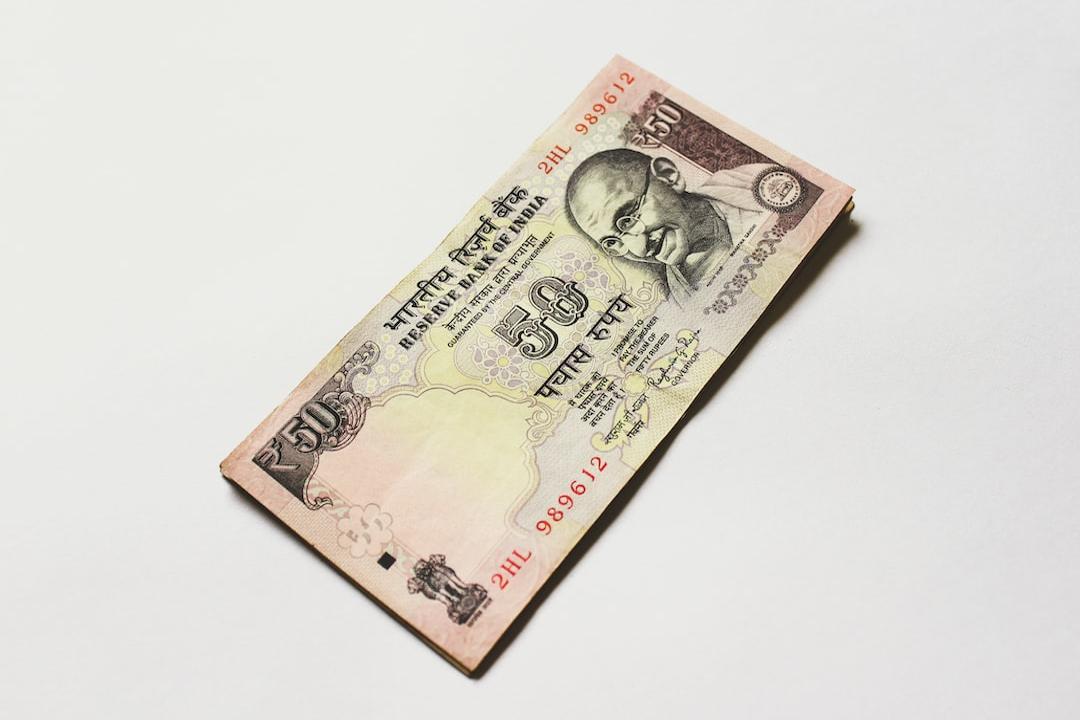Ethereum successfully completed the Dencun upgrade on March 13th, significantly reducing the transaction costs of Layer 2, but also causing a significant slowdown in the burning speed of ETH network, resulting in the fastest daily growth rate of ETH supply since the merge of the Ethereum network.
On March 13th, Ethereum completed the Dencun upgrade smoothly, with the transaction costs (Gas) of multiple Ethereum Layer 2 solutions reduced by more than 90%, making it the most impactful upgrade in history. However, as the fees paid by users decrease, the Ethereum network is now burning ETH supply at the slowest pace since the merge in September 2022.
Accelerating Growth of ETH Supply
Yesterday, crypto analytics firm CryptoQuant released a report stating that due to the Dencun upgrade, the transaction fees of Ethereum have decreased, and the supply of ETH is growing at the fastest daily growth rate since the merge of the Ethereum network.
Data from YCharts shows that the supply of ETH has indeed started to decline slowly since the completion of the Dencun upgrade and has been increasing since April 13th, with a total supply of 120 million.
At the same time, data from ultrason.money shows that Ethereum has burned 488,000 ETH in the past 30 days, which is lower than the newly issued 913,000 ETH, resulting in a positive inflation rate of 0.353%.
Since the merge, Ethereum’s consensus mechanism has transitioned from proof-of-work to proof-of-stake, and the issuance rate of new ETH has been reduced by 90%, making it slower than network consumption. This change has turned ETH into a deflationary currency, helping it become a better long-term store of value. Therefore, ETH has gained the nickname “Ultrasound money” in contrast to Bitcoin’s “Sound Money” due to its fixed supply. However, if the supply of Ethereum continues to increase, this advantage will no longer exist.
The total cost of burning Ethereum is now unrelated to network activity
CryptoQuant analysts further pointed out in the chart below that before the Dencun upgrade, the transaction fees on Ethereum were positively correlated with network activity, resulting in less ETH supply. However, after the Dencun upgrade, despite higher network activity, transaction fees remain low, and the total cost of burning is no longer linked to network activity.
The conclusion of the report is:
Further reading:
Is it really a bull market? Ethereum Gas Fee is only $1, two reasons behind the quiet on-chain interaction
Related reports
CryptoQuant: Bitcoin Halving “Effect Weakening”! Investor growth becomes the main driving force for BTC price increase
Base Meme Coin Soaring: Monthly trading volume increased tenfold, surpassing $220 million, Gas fees worse than before the Dencun upgrade
Developer Meme: Uploading the complete script of the movie “Bee” on Ethereum! Dencun upgrade significantly reduces L2 Gas fees


